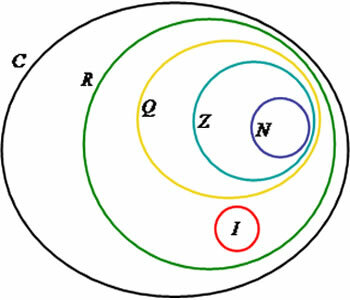The percentage is a centesimal ratio used in comparing values for a given situation. Relative frequency is represented by a percentage number derived from the comparison between an event and the sample space to which it belongs. For example, in a coin flip, the sampling space is made up of two events: heads or tails, so the relative frequency in this case is 50% for heads and 50% for tails.
Percentage calculations are present in everyday situations and in the classification exams of several Universities. Note the following exercise, it requires knowledge of percentage, statistical calculations, sample space, relative frequency representation, probability calculation, and counting processes.
A taxi company has the goal of answering in a maximum of 20 minutes at least 94% of the calls it receives. The control of this goal is done uninterruptedly by an employee who uses a radio device for monitoring. Every 100 calls, it records the accumulated number of calls that were not answered in 20 minutes. At the end of one day, the cooperative presents the following performance:

Based on the statement of the exercise, the number of unanswered calls in 15 minutes should not exceed 6%.
Establishing the relative frequency
Ratios: 10/100, 15/200, 20/300, 25/400, 28/482.
10/100 = 0.1 = 10% > 6% → above
15/200 = 0.075 = 7.5% > 6% → above
20/300 = 0.066 = 6.6% > 6% → above
25/400 = 0.0625 = 6.25% > 6% → above
28/482 = 0.058 = 5.8% < 6% → target achieved
We concluded that the goal was only met when the total number of accumulated calls resulted in 482.
Do not stop now... There's more after the advertising ;)
by Mark Noah
Graduated in Mathematics
Brazil School Team
Statistic - Math - Brazil School
Would you like to reference this text in a school or academic work? Look:
SILVA, Marcos Noé Pedro da. "Percentage Calculations Involving Relative Frequencies"; Brazil School. Available in: https://brasilescola.uol.com.br/matematica/calculos-percentuais-envolvendo-frequencias-relativas.htm. Accessed on July 27, 2021.


